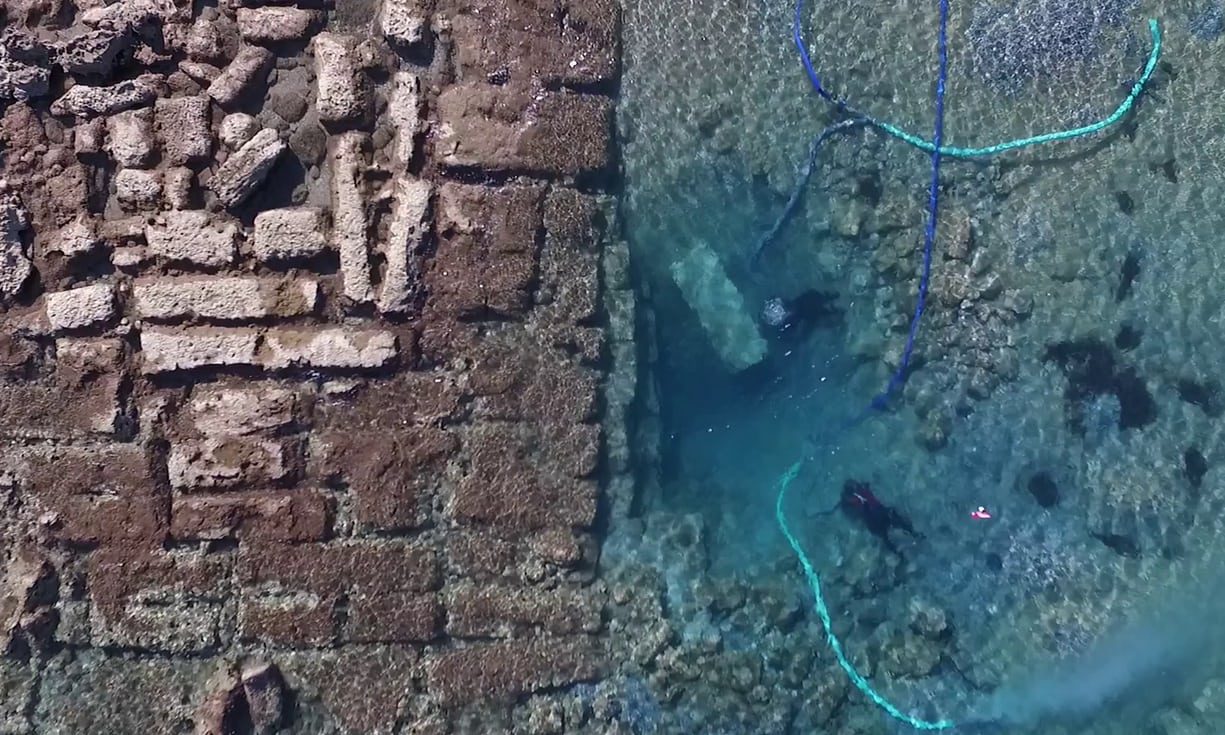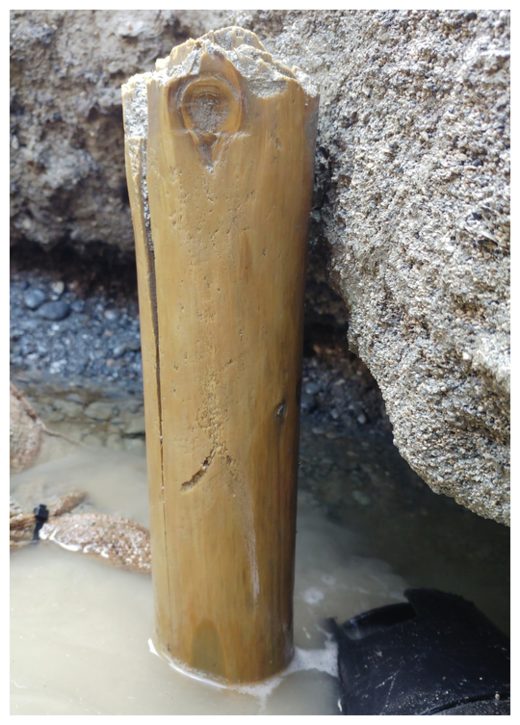
Caesar's Corinthian colony developed into one of the most important ports in the eastern Mediterranean. Ships filled Lechaion with international goods and Corinth became so well known for luxury and vice that a Greek proverb stated, "not everyone can afford to go to Corinth." However, while ancient coins depict a formidable harbour with a large lighthouse, visible remains of Lechaion are scarce. Visitors to the coastline today can see the foundations of two large structures forming the outer harbour, but otherwise the remains are buried under centuries of sediment. The excavations are beginning to reveal the secrets of this largely forgotten port.

The stone block structures are impressive feats of engineering, but the project is revealing information about the process of harbour construction through wooden caissons and pilings used as foundations. Wooden elements rarely survive the centuries, but buried underwater deposits are one of the few places where organic materials can be preserved. "For almost two decades I have been hunting for the perfect archaeological context where all the organic material normally not found on land is preserved" says director Bjørn Lovén. While much can be inferred from the stone remains, the discovery of wooden elements provides more insight into the ancient engineering process.
Wood is the holy grail for archaeologists and some of the artifacts discovered at Lechaion are so well preserved that they appear as though they were cut yesterday. Lovén says, "I was joking that I would rather find a wooden spoon than a statue, and we did find archaeological layers where almost everything is preserved." Besides wooden infrastructure, the team excavated delicate organics finds including seeds, bones, part of a wooden pulley, and carved pieces of wood.
The archaeologists are also finding evidence of everyday life in ancient Corinth. They have found ceramics that transported trade goods that originate from Italy, Tunisia, and Turkey. Maritime items like anchors and fish hooks tell of life along the seaside.
The work at Lechaion is located in shallow water, but it presents several significant challenges. It is a highly active marine environment, which causes the excavation trenches to fill quickly with sediment from wave action. Overnight several tons of sand can build up in the excavation areas. The team is also pushing boundaries with the latest methods scientific methods.
Geoarchaeologists used core drilling and drone surveys to map the coastal changes in the area, resulting in the surprising discovery of a new harbour basin. The sediment study is showing how the harbour silted over time and which areas would have been accessible in different periods. The project is using DNA analysis to understand the "genetic landscape" of the trees, plants, and animals that inhabited the region 2,000 years ago. The information from these different scientific methods may one day allow for a reconstruction of Lechaion in each time period.




Reader Comments
to our Newsletter